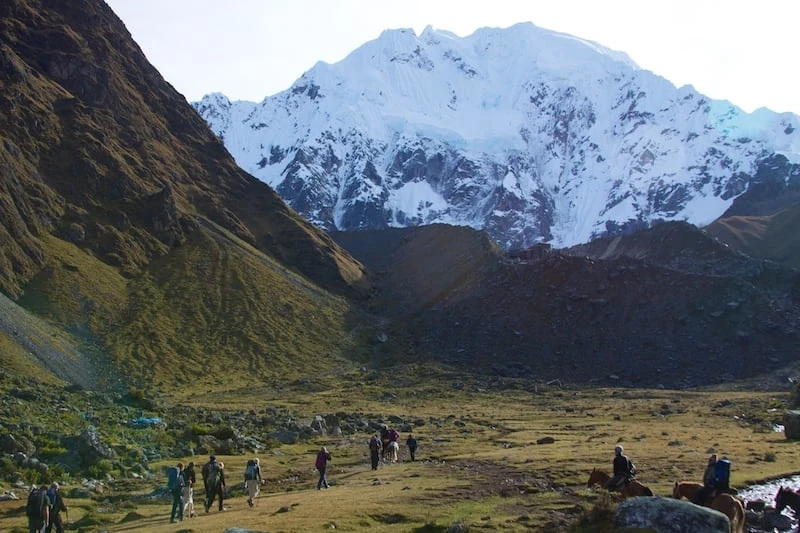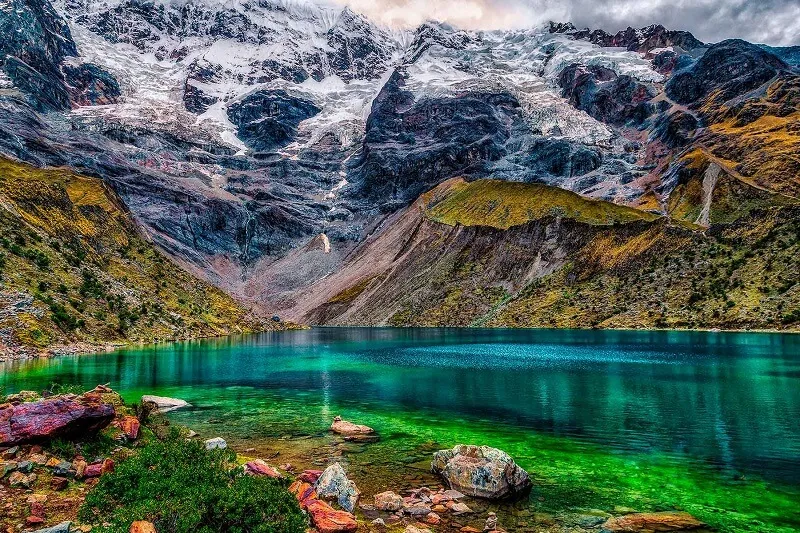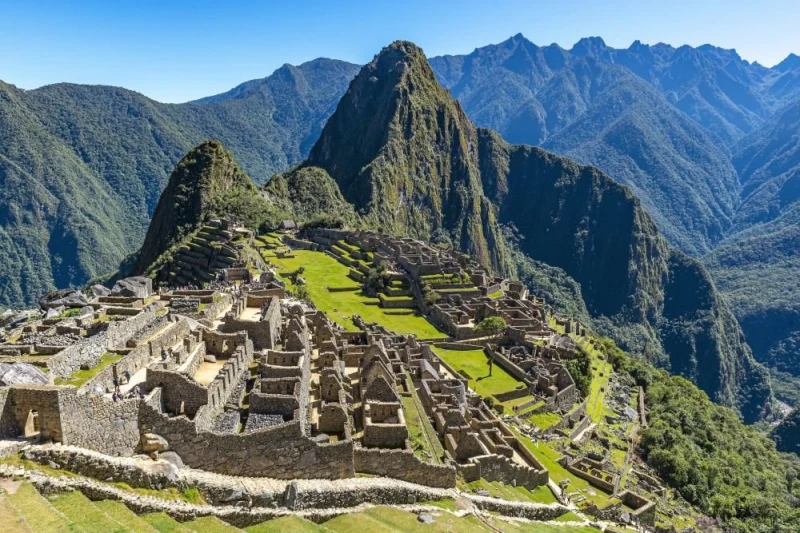+51 980 852 691
+51 930 842 108 [ES]
info@andeantrekkingperu.com Calle Marques 231 Int. 115. CC Sotomayor.
- Destinations
- Treks & Trails
- Sacred valley peru – short inca trail to machu picchu (3D/2N)
- Choquequirao Trek
- Salkantay and Humantay Trek
- Lares Trek to Machu Picchu
- Waqrapukara Day Trek
- Short Inca Trail (2D/1N)
- Salkantay and Inka Trail 6D/5N
- Inca Trail 4D/3N
- Inca Trail Treks
- Waqrapukara Day Trek
- Vinicunca Rainbow Mountain Tour – Rainbow Mountain Hike
- Humantay Lake Peru – Laguna Humantay
- Ausangate 7 Lakes Day Trip
- Palccoyo Rainbow Mountain Day Trip
- Traditional tours
- Peru Packages
- About Us









